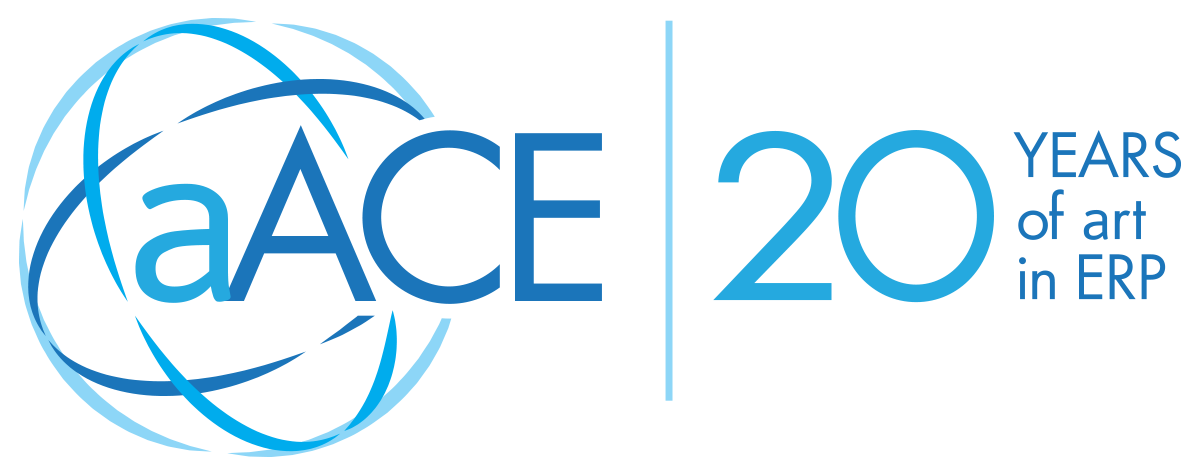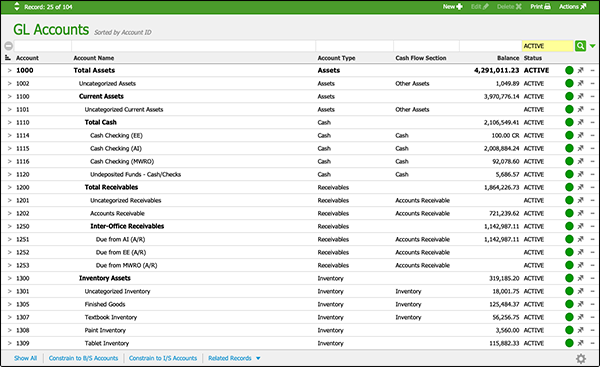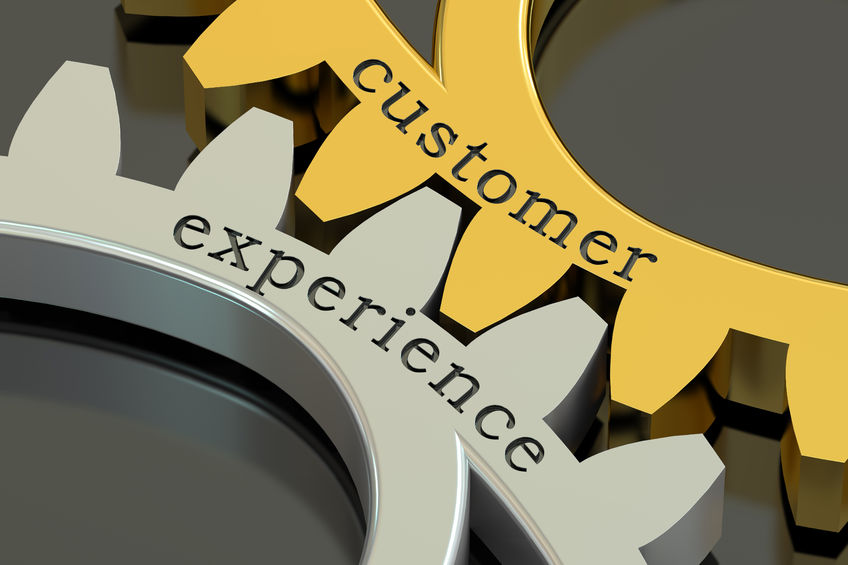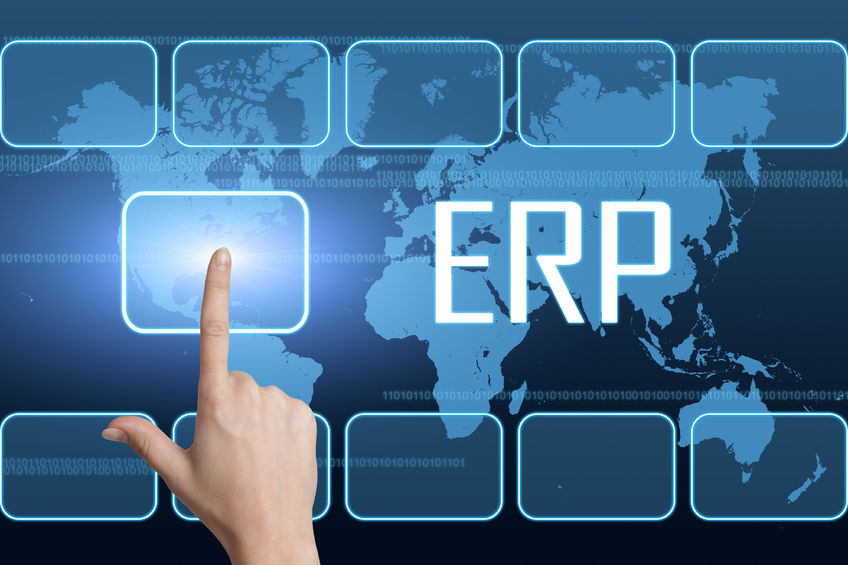4 Tips for Improving Shipping to Make Sure Growth Leads to More Growth
Growing your business is exciting, even though it demands new efforts and tough decisions. One of the most precarious business processes to build out is shipping. If you coast by just doing what you have always done while your customer base increases, it can create problems. When the demand for your product increases, you have to make sure every delivery goes as smooth as possible for your new clients. But that's easier said than done.
To ensure your company growth is solid, you need to address shipping proactively. SmallBizDaily.com has identified areas where you can take concrete steps to improve your shipping processes. This site has some great advice for entrepreneurs and this post written by Emma Sturgis is no exception.
The initial warning about company expansion bears repeating. No one likes to be "vulnerable," yet the exposure to risk is interwoven with progress. Ignoring the possible dangers is inviting them to trip you up. However with careful consideration of these four aspects of your fulfillment process, you will be able to transform vulnerabilities into strengths.
1. Get the Tools for the Job
The first step in shipping excellence is an investment in ERP. With a strong enterprise resource planning package, you'll have optimal insight into your inventory and order tracking. These tools can seamlessly integrate sales, operations, and accounting. And a comprehensive solution like this gives you not only increased visibility, but also workflow automation (more on this later), plus a reduction in data entry errors. Increase the speed and accuracy of your daily operations with high quality inventory management software.
2. Put the Tools to Work for You
When you find and implement good software, it can work hard for you. Contemporary consumers like to be able to quickly find answers on their own, which is one feature a robust CRM package provides. You can integrate it with the ERP system and let customers follow up on their own orders, read support materials, and reach out to your staff when needed. Likewise, automation of repetitive tasks can free up time and resources for you. Why have the system tell you inventory is low when you can have it automatically tell your supplier how much you want to order? You can use these tools to also track relationships with vendors, partners, and other business contacts.
3. Hire Experts
In basic economics, we learn that the division of labor maximizes efficiencies. Luckily there are people who specialize in administrative services and drop shipping. Outsourcing certain tasks can help you concentrate on the activities that will help your climb continue.
4. Refine Your Operations
A little bit of documentation can go a long way when it covers what your staff needs to do in complicated processes or unexpected developments. In addition, the process of thinking through these scenarios can help you know what it is you don't know about your industry and operations. Your investment in a robust business software solution can also benefit on this front. Business intelligence is vital, and the starting point of this intelligence is knowing exactly what your company is doing. An integrated accounting/CRM/ERP package puts this data right in your hands, showing you where the company is lagging and what efforts are excelling. With this knowledge, you can make strategic decisions to hone your business and continue the growth.
As sales increase, don't let the excitement distract you from the more valuable goal. Each transaction is the opportunity to create a long-lasting relationship with the client. Why settle for one sale now when strong fulfillment and customer care can earn you the client's future purchases? Earning this trust will partly depend on the effectiveness of your shipping processes.
Sharp business owners will recognize the larger pattern in this advice from SmallBizDaily.com — high quality resources are a powerful investment. The best software and staff will not only support your efforts, but will also help you improve operations.
aACE 5 is designed to accelerate your business velocity this way. It is powerful business management software that allows you to manage operations in a single, complete, cross-platform solution. Our satisfied clients say that, for their growing companies, aACE outperforms competitors such as Microsoft, AcctVantage, and NetSuite. Our mobile apps and ecommerce integration add to the aACE 5 value proposition, as well as our easy, affordable customizations.
"We switched to aACE at the end of 2011, and cannot even imagine (or remember) life before aACE. The system has streamlined our business operations to a level that we never thought possible. We have been able to trim our headcount in several areas, and achieve efficiencies we thought were only possible in dreams. The pre-sales process is very thorough and they work very hard to tailor the system to your business needs." ~ Doug Jacobs, President, Restylers' Choice










